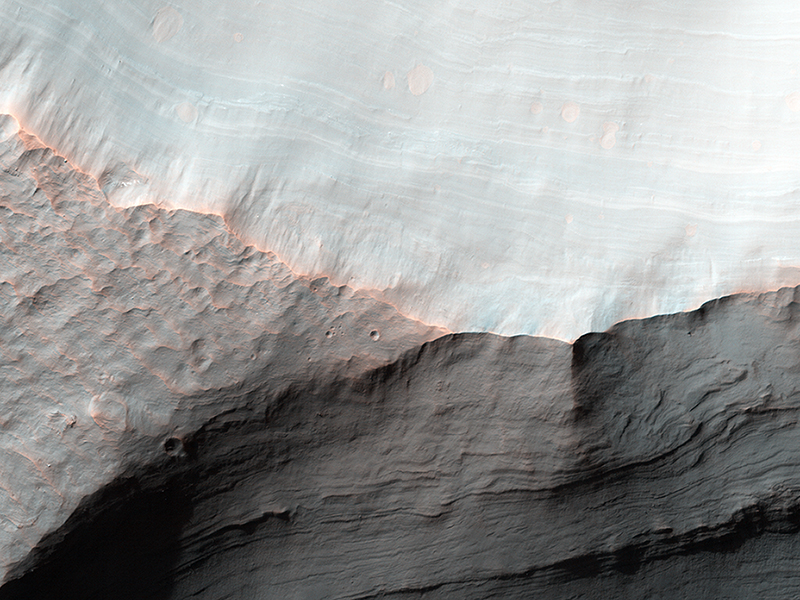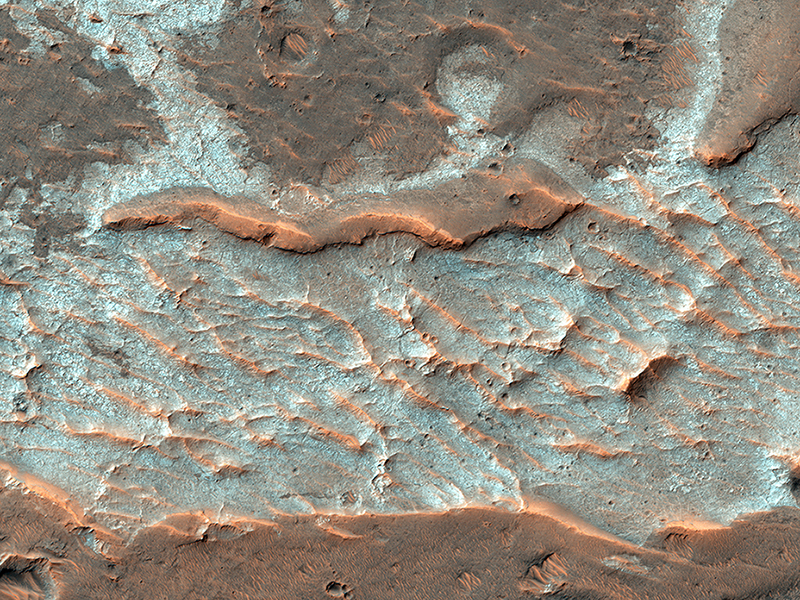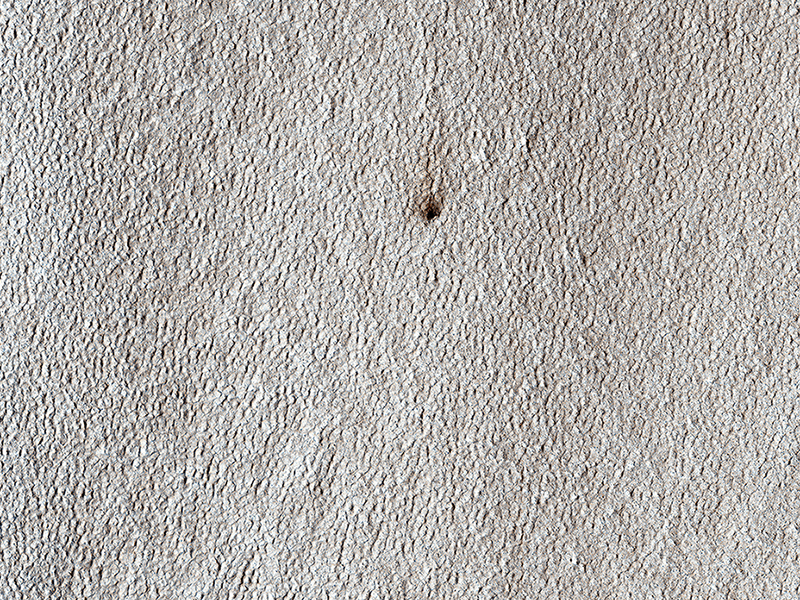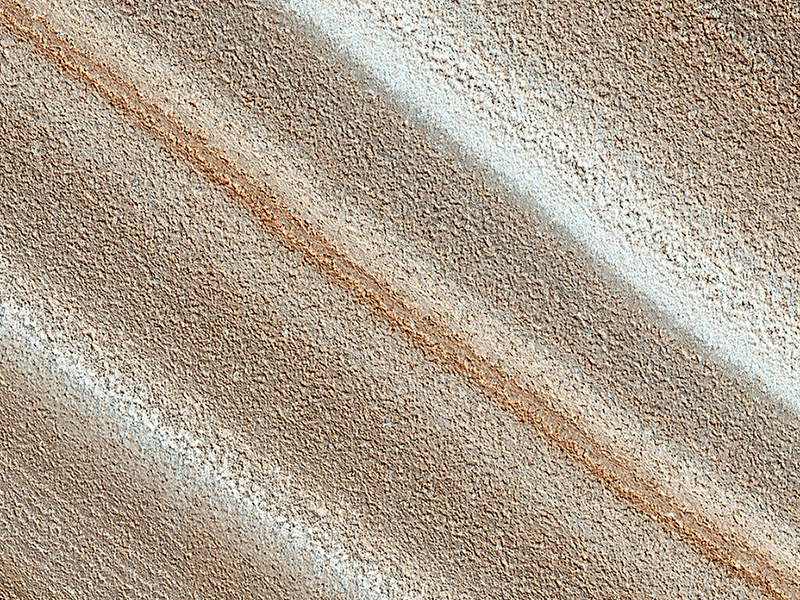Alfred McEwen wrote:Stratigraphy of Alluvial Fans in Saheki Crater (ESP_044491_1585) (HiClip)
Alluvial fans are gently-sloping wedges of sediments deposited by flowing water. Some of the best-preserved alluvial fans on Mars are in Saheki Crater, an area that we've imaged many times previously.
This observation covers two impact craters that expose the stratigraphy of the fans. This image (and another one to complete stereo coverage) will be used to measure the depth of the fan and describe its depositional history, as well as closer view of some of these layers.
Alfred McEwen wrote:Old Salt (ESP_044502_1735) (HiClip)
What is that “purplish” colored stuff (in HiRISE IRB color) with the polygonal fractures in this observation? Scientists think it contains chlorides, like sodium chloride or table salt, or maybe chloride of calcium or magnesium.
These salts can be deposited during the evaporation or water in lakes or playas. These deposits are billions of years old, so it is truly old salt, not a fish tale.
This is a stereo pair with PSP_008780_1735.
Colin Dundas wrote:Looking for Ice (ESP_044698_2245) (HiClip)
One of MRO’s ongoing campaigns is a search for new impact craters. At high latitudes, such craters often expose ice, which appears bright in HiRISE enhanced-color images. This image was targeted to look at a candidate new crater on a lobate apron. Such aprons are often ice-rich, but the crater shows no bright material that would indicate ice.
Why not? The most likely reason is that the crater simply didn’t dig deeply enough. This crater is barely visible with HiRISE, and probably only excavated down to 10 centimeters or so. At this latitude, ice is often much deeper, first appearing tens of centimeters (a foot or more) below the surface. Near the poles, colder temperatures cause ice to be shallower, as NASA’s Phoenix mission discovered in 2008.
Alfred McEwen wrote:Colorful Polar Layered Deposits (ESP_044706_2670) (HiClip)
The North Polar layered deposits provide a record of recent climate changes on Mars. Color variations between layers are due to differences in composition of the dust that contaminates the ice, and differences in surface textures and residual seasonal frost.
Enhanced colors can also accentuate the subtle variations.
This is a stereo pair with ESP_044982_2670.
Credit: NASA/JPL-Caltech/University of Arizona
<< Previous HiRISE Update



